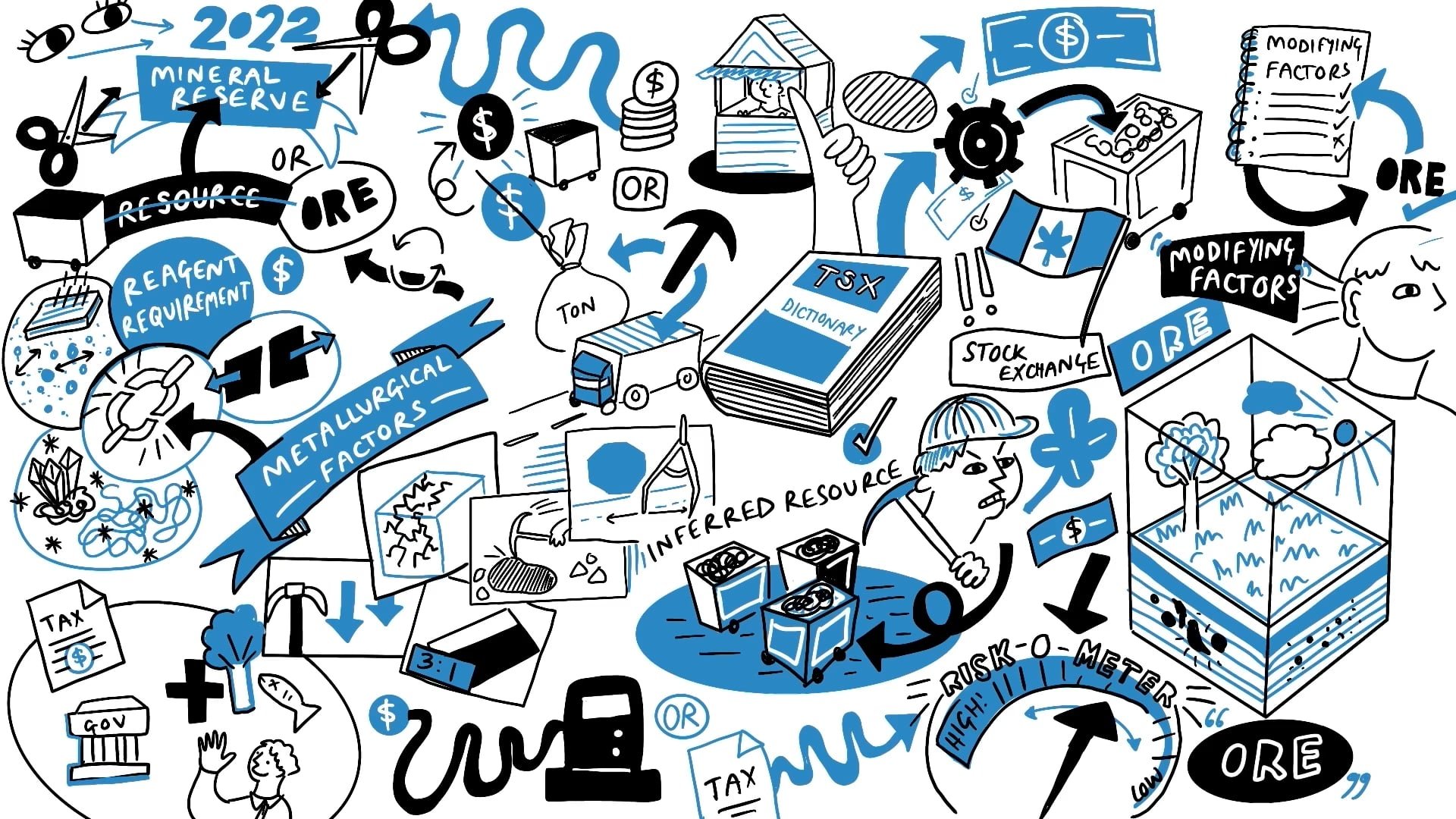Strategy: Capital Value Growth

More episodes
Transcript
The second kind of company you'll be interested in is those companies that offer capital value growth. You're looking for your share price to go up. This is the kind of investment in the resources sector that most retail investors are typically looking for. They're looking for the share price to go up a multiples of X, because you can invest a small amount and you can earn or create a huge amount. What must also be taken into account is the fact that you can actually lose your money. This is, of course, the balance between risk and reward. This comes back to the question of choosing smaller companies over larger companies.
Smaller companies are always more fragile. Their grip on this world is more tenuous, and the larger companies that are more established and more mature have got a much firmer grip on life. Equally, one has to question how will those larger companies have a transformational event? It’s hard to make an elephant gallop. If you look at what contributes to capital value growth in the resources company, there are a couple of ways of doing it.
At the junior end of the market, the most obvious way of creating value is through discovery. Actually finding a new commercial deposit creates an enormous amount of value, but it isn't easy to do, and very few projects make it. But we'll talk about this in more depth later in a different episode. If you're talking about companies that are in production already, to increase your earnings from production means that you need to find new projects, improve your cost base, or get lucky. Perhaps smart with the commodity price.
Mines are depleting assets and you have to invest in more growth. Invest in exploration and resource development. You have to invest in maintenance CapEx. You have to invest in mine expansions and new projects. The whole business is complex and difficult. And if you're going to increase your earnings over the long term, you have to be a very well managed team, extremely disciplined and stick to your core principles of not overpaying for assets and keeping a tight eye or close eye on every level of your operations. Specifically, choosing not to pay out dividends as you're focused on your growth pipeline.
When a junior company comes into production, typically they de-risk their asset, and the value of a junior company often trades at a discount to its net asset value or its net present value, until the point that you can see they've effectively de-risked their project. We often see smaller companies which are not in production yet, trading at something like 0.3 times their NPV value when it's at the PFS stage, and they gradually de-risk as the project passes key milestones. And perhaps it reaches 0.5 times its NPV value when the feasibility study is completed, or 0.6, maybe 0.7 of NPV or NAV when permits and funding strategy becomes clear.
Once the asset is in production, when the underlying metal price is doing well, these companies can increase their value to get close to 1x NPV. And that is essentially the kind of growth that can be achieved from a resource company that's coming into production. You go from 0.3 to 1. So kind of over 2 to 3 times kind of capital value creation in that de-risking process. Let's say your earnings will increase as you bring it into production. And your discount NPV or your discount to NAV will also decrease. Really this is where you get your “double” in value. You may get a two bagger if the
commodity price is moving in the right direction. But pretty soon you're going to settle down among your production peers, and you'll be valued on 6 or 7 times your cash flow, or possibly ten times your earnings. These multiples are relatively consistent over the cycle and relatively consistent across the sector.
If you're a producing company, it's quite difficult to get the multiple return that's so beloved of investors in the resources sector. Again, the returns may be slightly lower than you would like to get from a pure exploration stock, but remember, your company has reached that maturity where it's got the internal organization, it's got the internal infrastructure of a producing company. They've got the HR team in place, they've got the full structure and internal capacity to create a stable operating base, which is something that junior companies tend not to have.
Having said that, if one looks back over various cycles, many miners have a bad track record of delivering value and capital growth through the cycle. I mentioned earlier that it's important that companies are disciplined and stick to their core principles, but typically companies will overpay on acquisitions, and that's not just restricted to the mid-tier or the smaller companies. Even larger companies overpay on acquisitions by making those acquisitions at the peak of the cycle. Just with some specific cases in mind, let's look back at the acquisitions, for example, of MMX by Anglo American. This is the iron ore project in Brazil. Or when Rio Tinto bought Alcoa, these acquisitions were laden with debt and they were priced right at the top of the cycle, using a multi-year commodity price high as the base case. And over time, they proved not to be that smart, particularly the Anglo acquisition of MMX in Brazil. What a disaster that was.
But anyway, a further feature of producing companies is that when the metal price rises, quite often the margins on the companies don't follow it through. Therefore, you don't get the earnings growth that you might expect in an uptick. And the reason for that is cost inflation. Some companies don't stay disciplined and they chase the output as the prices increase.
As a metal prices increase, their margins go up and therefore they may put in some low grade material to produce more ounces, but at a higher cost and a lower value, famously in what people thought was the supercycle of 2003 to 2010, cost inflation was right there all the way through.
The oil price increased from $10 per barrel up to $140 per barrel. And that had a huge impact on cost, because when you look at the operation, for example, most operating mines, your energy bill is somewhere between 30 to 40% of the total cost. Rio Tinto back in 2010 I think it was, stated on record that they couldn't get the tires to put on their trucks because there was such a shortage of material. The labor costs in developed countries suddenly went right up, as did the cost of geologists, and therefore as the demand for the services and the equipment for the resources sector went through the roof from 2003 onwards, after China joined the World Trade Organization, and all you could hear was that, oh, great sucking noise as China sucked in every bit of commodities, spare bit of commodity across the world, the cost of producing one ounce of gold or one tonne of copper went up commensurately.
The earnings of producing companies didn't necessarily reflect the metal price rises. What does this all mean? I keep bringing this back to strategy. What kind of company do you actually want, and what kind of company is the management offering? When they are a producing company, they have to be extremely disciplined if they're going to increase their capital value by increasing their earnings, because it's not easy to do.
And there are many reasons why miners may not deliver their capital value growth. I've mentioned cost inflation as a cycle rises, but equally in the downturn, prices for and generalist investors are quite happy to step away from the sector while they believe that metal prices are in a cyclical downtrend.









































.jpg)
.jpg)
.jpg)
.jpg)














